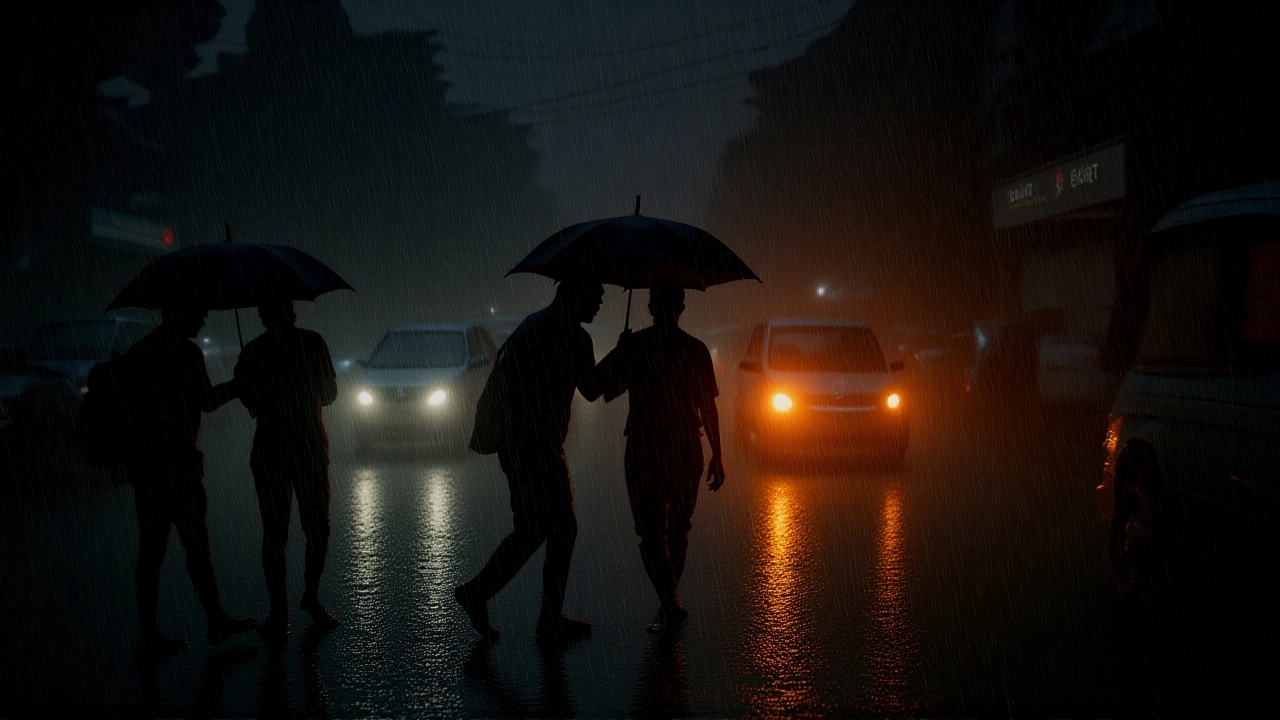Water Reservoirs – What They Are and Why They Matter
Ever wonder where that rainwater goes before it reaches your tap? A water reservoir stores that water for later use. It can be a big tank on a hillside, a buried drum under your garden, or even a natural lake that’s been enhanced for storage. The main idea is simple: collect water when it’s plentiful, use it when you need it.
Storing water saves you money on bills and reduces strain on municipal supply. It also helps during droughts, giving you a backup source for drinking, washing, or watering plants. If you’re just starting out, think of a reservoir as a reusable water bottle for your whole property.
Key Benefits of Having a Water Reservoir
First, you get lower water costs. When you fill a tank with rainwater, you don’t have to buy as much from the utility. Second, you reduce runoff. Rain that would otherwise rush off roofs and streets stays on your land, preventing erosion and flooding.
Third, you gain independence. A reliable reservoir lets you run a garden, wash a car, or flush toilets even if the main supply is cut off. Fourth, you help the environment. Using rainwater cuts the demand on rivers and lakes, which benefits wildlife.
Finally, reservoirs can boost property value. Buyers often like homes with a sustainable water system, so a well‑maintained tank can be a selling point.
Choosing the Right Reservoir for Your Needs
Start by estimating how much water you need. A small garden might only need 1,000–2,000 liters a month, while a household with several people could need 5,000 liters or more. Multiply your daily use by the number of days you want backup, and you’ll have a rough capacity target.
Next, decide where to place the tank. Elevated tanks use gravity to create pressure, so you don’t need a pump for basic tasks. They’re great if you have space on a roof or a sturdy platform. Underground tanks stay out of sight and keep water cool, but they require excavation and a good waterproofing system.
Material matters too. Polyethylene tanks are lightweight, resistant to rust, and cheap. Steel tanks are strong and last long but need a protective coating. Concrete tanks are permanent and can double as a garden feature, though they cost more upfront.
Don’t forget filtration. Even clean rainwater can carry leaves, dust, or bird droppings. A simple mesh screen on the inlet and a basic sand filter before the tank will keep most debris out. For drinking water, add a UV purifier or a charcoal filter.
Maintenance is easy if you plan ahead. Check the tank lid for cracks, clean the inlet screen quarterly, and empty a small amount each year to avoid stagnation. A small amount of chlorine or a tiny dose of hydrogen peroxide can keep microbes at bay.
Finally, think about permits. Some local authorities require approval for tanks over a certain size, especially if they’re above ground. A quick call to your city office can save you headaches later.
Putting all these pieces together gives you a water reservoir that fits your budget, space, and water needs. Start small, learn how your system works, and scale up if you find you need more storage. With the right tank, you’ll have fresh water ready whenever you need it, and you’ll do a small part to protect the planet.

